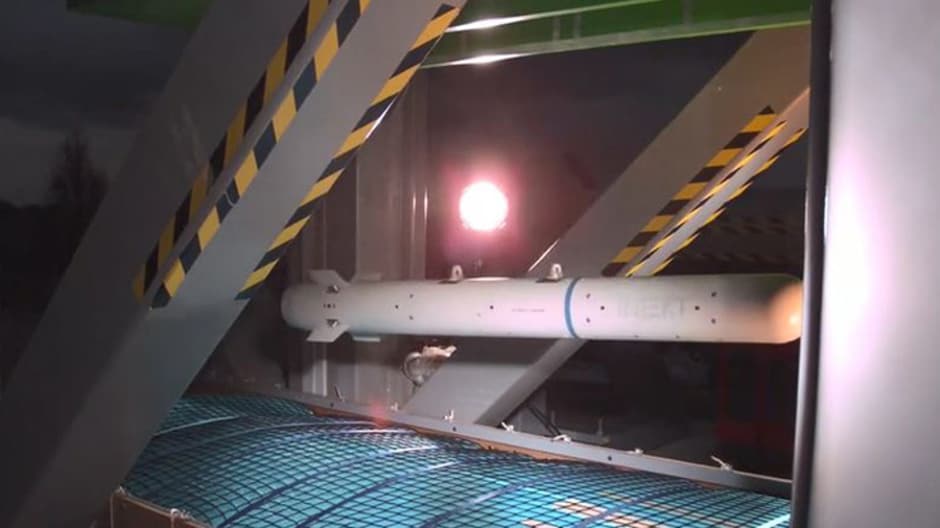
One way to make future combat aircraft more affordable is to provide defence forces with more options, and therefore flexibility, in how they use them.
The payload bay is one way in which this greater flexibility can be achieved, according to Phil Astley-Jones, technical lead on the flexible payload bay project at BAE Systems.
“It provides the ability to simply change the weapons systems they want to carry, or to change the fundamental role they want that aircraft to perform,” said Astley-Jones.
To ensure aircraft are better able to survive combat, they will also need to be capable of carrying weapons internally, rather than as external attachments.
However, releasing a weapon or store from an aircraft bay at high subsonic and supersonic speeds is no easy task. The harsh aero-acoustic noise and vibration within the bay risks damaging either the aircraft or its store, for example, while the need to rapidly open and close the bay doors increases the complexity.
To better understand this harsh environment, the company held ground trials to test the release of a full-sized store from an aircraft payload bay, using a specially-built rig at its site in Warton, Lancashire.
“This was achieved by placing the bay test article behind the exit flow from one of our wind tunnels, and using a specific tunnel exit nozzle design to provide an airflow representative of the high subsonic bay operational environment,” said Astley-Jones.
The trial, which also involved the weapon and ejector release unit design organisations within MBDA UK and Harris’ Release Systems, allowed the team to capture data on the release using instruments and high-speed cameras.
The test culminated in the high-subsonic release of a store from the bay, and confirmed the team’s expectations about the noise levels and resilience of the structure.
One area of the project that proved particularly challenging was in developing a system to safely capture the released store without damaging it, said Astley-Jones. “It was ejected at about five and a half metres a second, less than two metres above a concrete base,” he said.
The successful trial will provide a route to testing bay designs at full scale, he added.

Red Bull makes hydrogen fuel cell play with AVL
Formula 1 is an anachronistic anomaly where its only cutting edge is in engine development. The rules prohibit any real innovation and there would be...